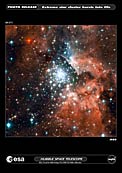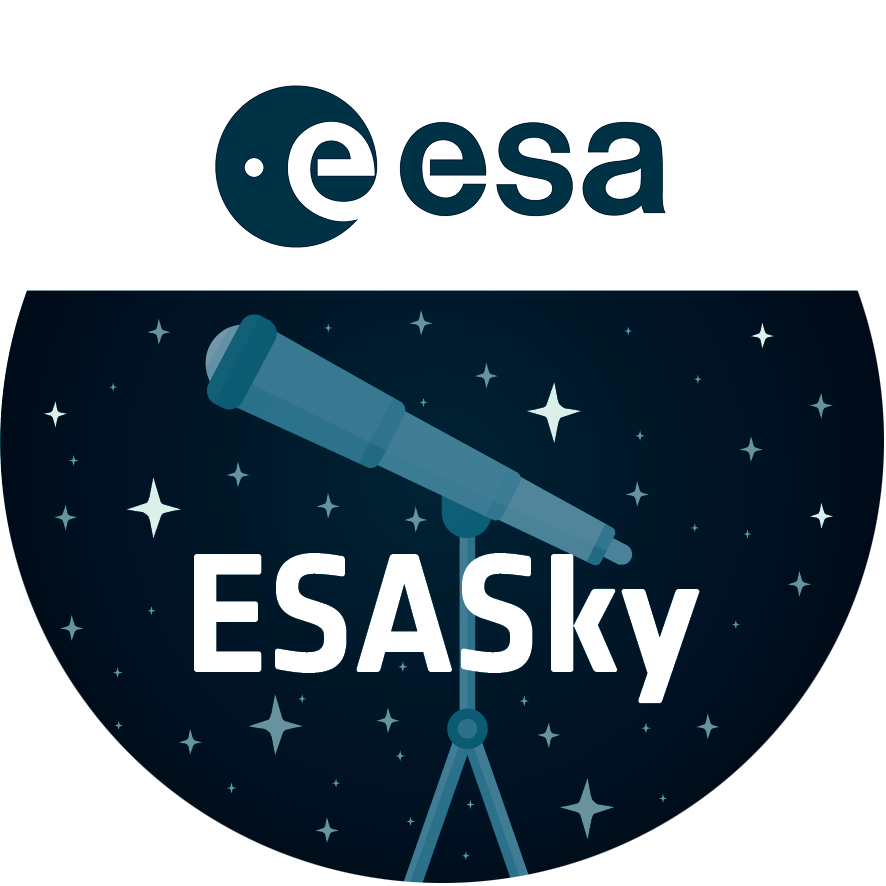Extreme star cluster bursts into life in new Hubble image
The star-forming region NGC 3603 - seen here in the latest Hubble Space Telescope image - contains one of the most impressive massive young star clusters in the Milky Way. Bathed in gas and dust the cluster formed in a huge rush of star formation thought to have occurred around a million years ago. The hot blue stars at the core are responsible for carving out a huge cavity in the gas seen to the right of the star cluster in NGC 3603's centre.
Credit:NASA, ESA and the Hubble Heritage (STScI/AURA)-ESA/Hubble Collaboration
About the Image
NASA press release
| Id: | heic0715a |
|---|---|
| Type: | Observation |
| Release date: | 2 October 2007, 15:00 |
| Related releases: | heic0715 |
| Size: | 3885 x 3904 px |
About the Object
| Name: | NGC 3603 |
|---|---|
| Type: | Milky Way : Star : Grouping : Cluster : Open |
| Distance: | 20000 light years |
| Constellation: | Carina |
| Category: | Nebulae Star Clusters |
Coordinates
| Position (RA): | 11 15 8.61 |
|---|---|
| Position (Dec): | -61° 15' 44.76" |
| Field of view: | 3.24 x 3.26 arcminutes |
| Orientation: | North is 61.6° left of vertical |
Colours & filters
| Band | Wavelength | Telescope |
|---|---|---|
| Optical B | 435 nm |
Hubble Space Telescope
ACS |
| Optical V | 550 nm |
Hubble Space Telescope
ACS |
| Infrared I | 850 nm |
Hubble Space Telescope
ACS |



